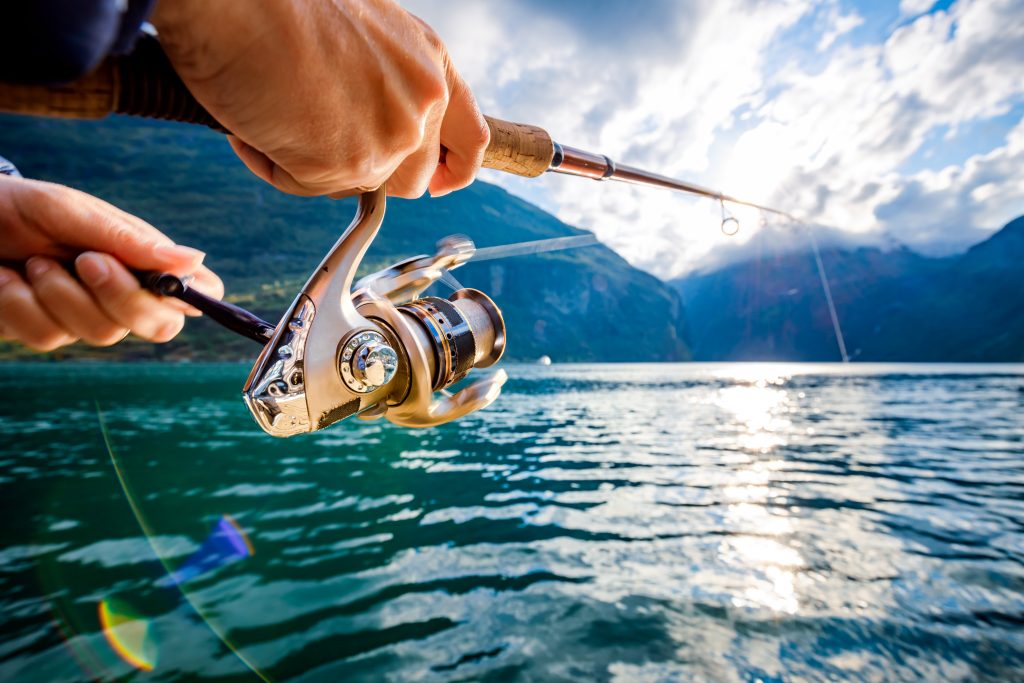Sports competitions have always represented a strategic opportunity to demonstrate the physical worth of athletes, but also a stimulus to study and design innovative materials in order to obtain an improvement in competitive performance.
And in this obstacle course, made up of momentary defeats and numerous victories, the glass fiber certainly occupies one of the highest steps of the podium.
From offense to defense
In ancient times the purpose of the equipment was supported by purposes contrary to those pursued in modern sport. The 'baskets' used by boxers to bandage their hands and the weapons used in fencing were all the more valid the greater their ability to injure, if not kill, the opponent. In modern sport the choice of materials is nourished by the opposite idea, namely that of protecting the physical safety of athletes.
A classification
Depending on their destination, the materials used today in sports are classified into different categories:
- materials used for competition gear;
- materials designed to ensure the protection of the integrity of athletes in the training and competition phases. This category includes protective clothing, materials applied to racing vehicles to increase their resistance and those to make athletes, spectators and referees safer on circuits and motorized courses, but also on bobsled and sled tracks.
- Materials aimed at improving the performance of racing vehicles;
- flexible materials developed to generate a horizontal thrust or produce the sustenance of aerial, aquatic and terrestrial competition vehicles that exploit the atmosphere or the natural energies present. Think of sails, balloon casings and aircraft wings and surfaces).
- Materials used in the elements that ensure the propulsion of motorized racing vehicles.
A brief overview of 'sports science'
In the production of tools, accessories and sports vehicles, requirements of lightness, strength, stiffness and elasticity have always been sought.
Until a few decades ago, the materials used in sport were mainly three: metals, various qualities of wood and canvas. The real revolution occurred with the Second World War when the growing demand for materials promoted the design of fabrics with increasingly high characteristics in terms of mechanical resistance to traction and tear, lightness, elasticity and thermal stability.
At the base of this revolution is the advent of foodcomposite erials and synthetics.
The affirmation of fiberglass
The first synthetic material to spread was nylon. It was followed by the fiberglass, considered the true progenitor of rigid composites. Fiberglass is made up of fiberglass filaments, assembled in the form of both fabrics and layers of fibers arranged in bulk and impregnated with resins of different nature, depending on the characteristics to be obtained. Random agglomeration of fibers is preferred when shapes with complex curvatures are to be made. On the other hand, when you want to increase the resistance (to traction), the fiberglass is assembled according to a foreseen direction.
The dominance of carbon fiber
After the fiberglass fabrics, those in kevlar, material characterized by maximum resistance to penetration, stretching and cutting. But to supplant traditional materials and even other composite materials is today carbon fiber. The most obvious advantage of sports equipment made of carbon fiber, compared to traditional ones, is lightness: with the same mechanical resistance, in fact, they have a weight from 50 to 80% less.
Pole vaulting and sport fishing: elasticity wanted
But let's now analyze in more detail how first glass fiber and then carbon fiber have contributed to improving competitive results in the various disciplines.
Let's start with a spectacular sport like pole vaulting. The transition from bamboo wood to metal and finally to composite materials (read fiberglass and carbon fiber) has enhanced the elasticity of the shaft. This tool is in fact called to return the elastic energy accumulated in the flexion, relaxing and projecting the athlete upwards.
A similar evolution is found for the rod used in sport fishing. From bamboo the focus shifted to glass fiber and then to carbon fiber, which is still the material of choice for its qualities of elasticity, strength and lightness.

Support for winter sports
Also noteworthy is the progress that has characterized the reality of skiing. Wood first and then multilayer wood had to give way to the exclusive use of resins, glass fibers, carbon and Kevlar for both downhill and cross-country skis. And, even for rackets, bamboo wood has been abandoned in favor of composite materials.
Remaining in the field of winter sports, it should also be noted that in competition sleds and skeletons the steel blades are applied to a fiberglass shell that fits as closely as possible to the athlete's body. While for the bodywork of bobsleds, since a clear reduction in weight is not necessary, the economical fiberglass hardened with polyester resin is widely used.

The protective function
Instead, it would be necessary to describe the multiple disciplines that require protective elements. Knee pads, shin guards, elbow pads and rigid, semi-rigid and soft protectors are a crucial protective element for many sports. And the materials used for the purpose have undergone substantial changes over the years. Currently the most used are PVC, glass fiber, carbon fiber, kevlar and the carbon-kevlar combination.
Attention to vehicle performance
Last but not least, fiberglass has contributed to the improvement of the resistant structures of racing vehicles, once made of metal or wood.
In particular, sailing and motor racing boats have launched the diffusion of this material, with the construction of plastic hulls, in the early days mainly consisting of fiberglass and polyester resin.
Today, as we have already pointed out above, carbon and kevlar fibers are used more frequently.

Source: treccani.it



